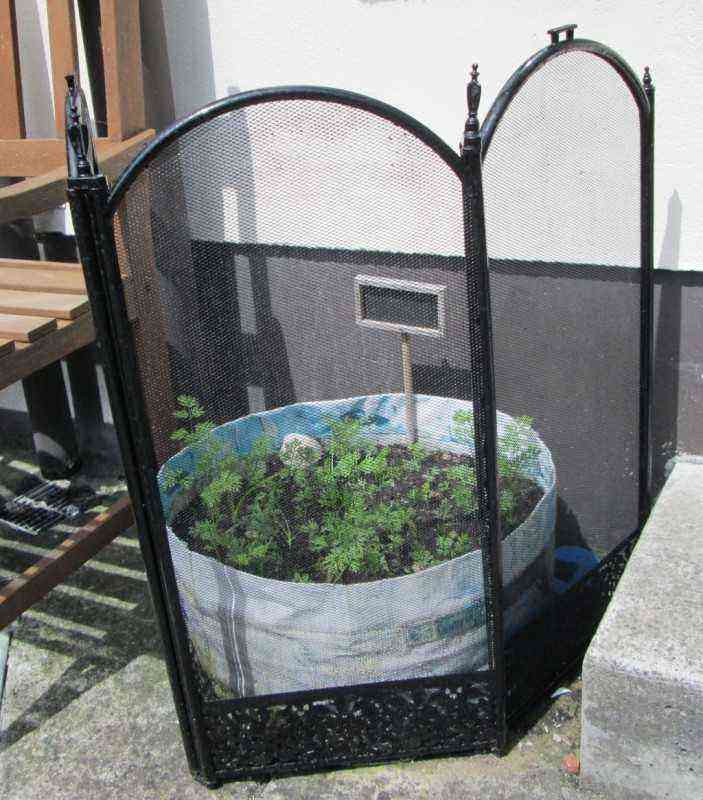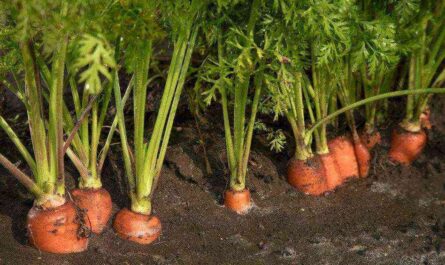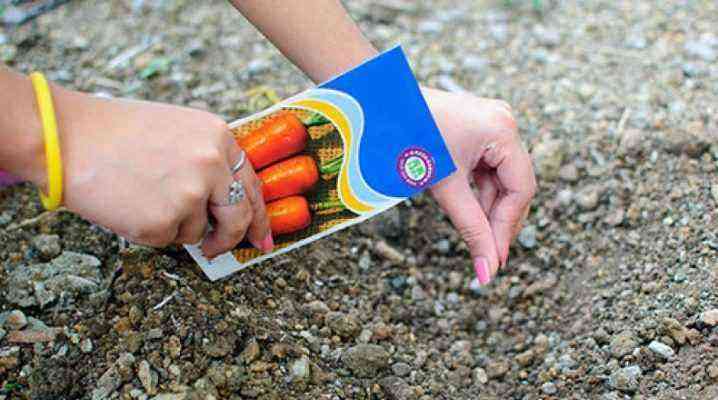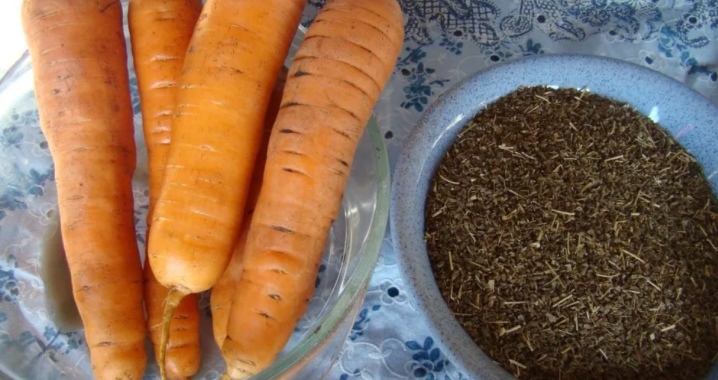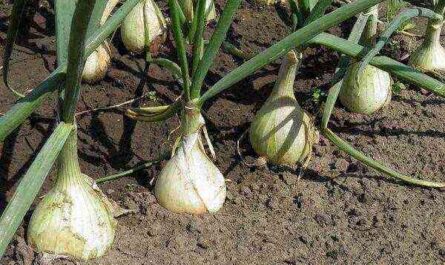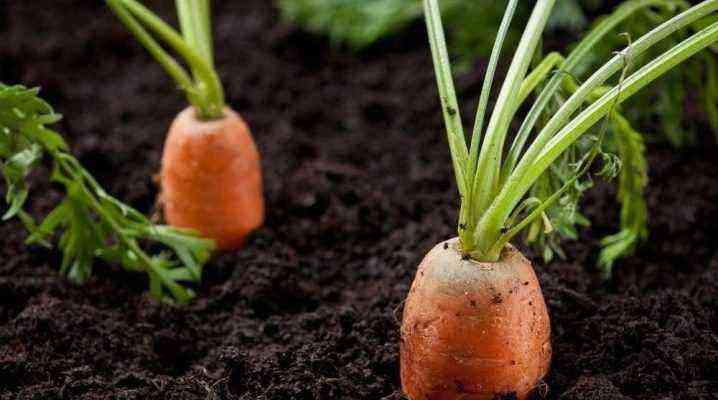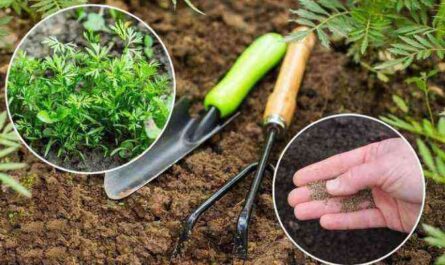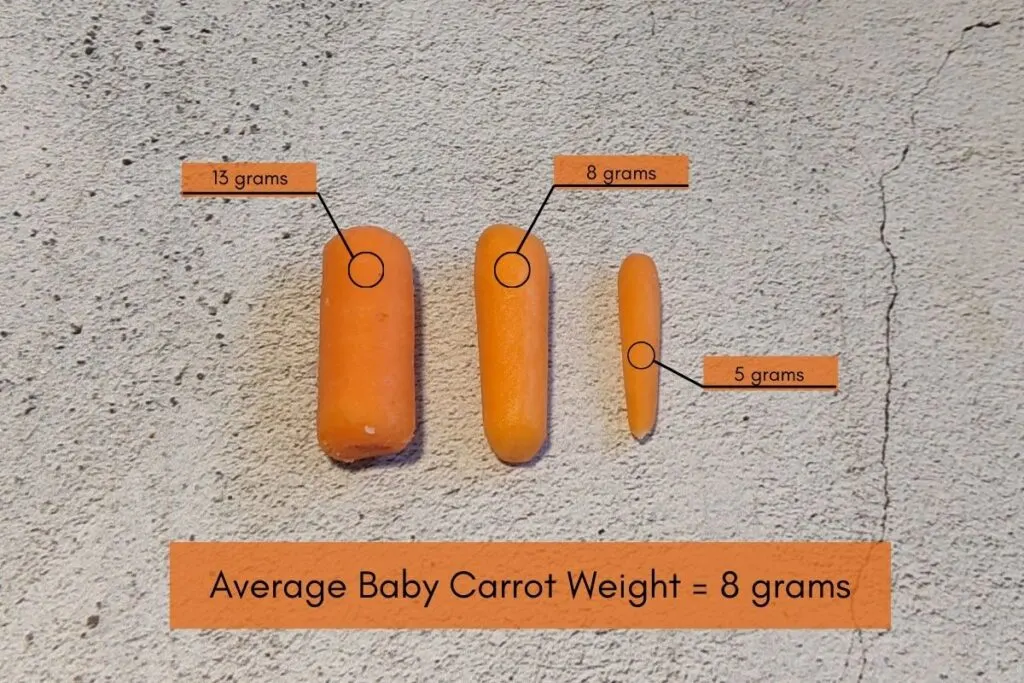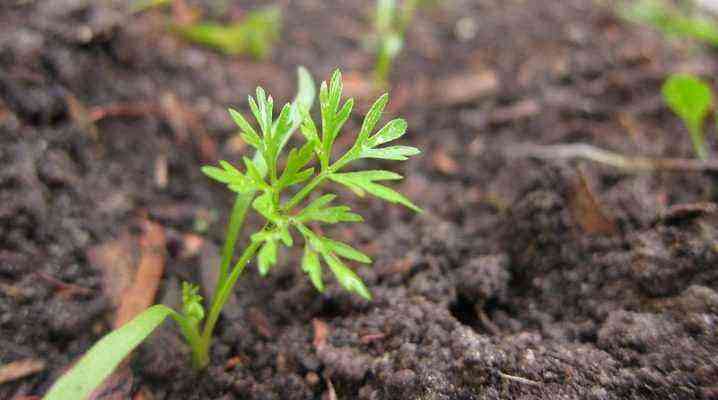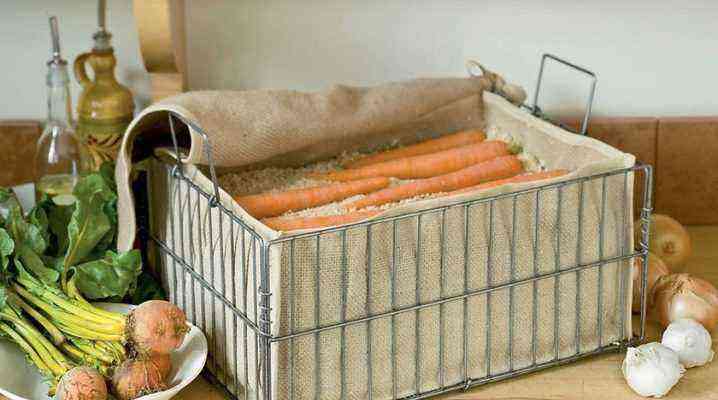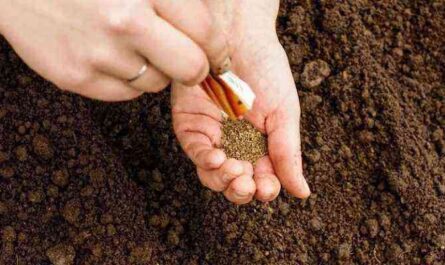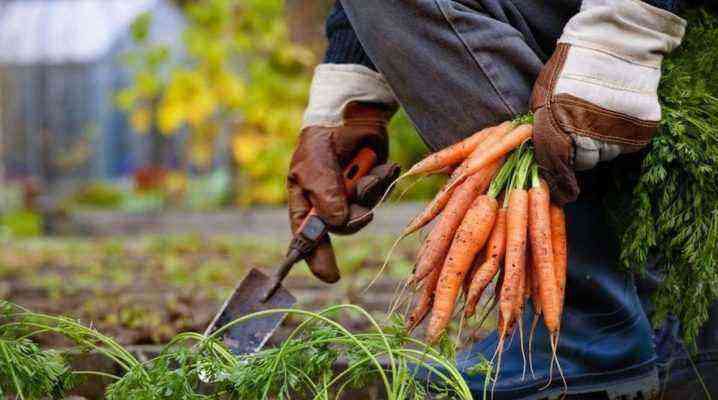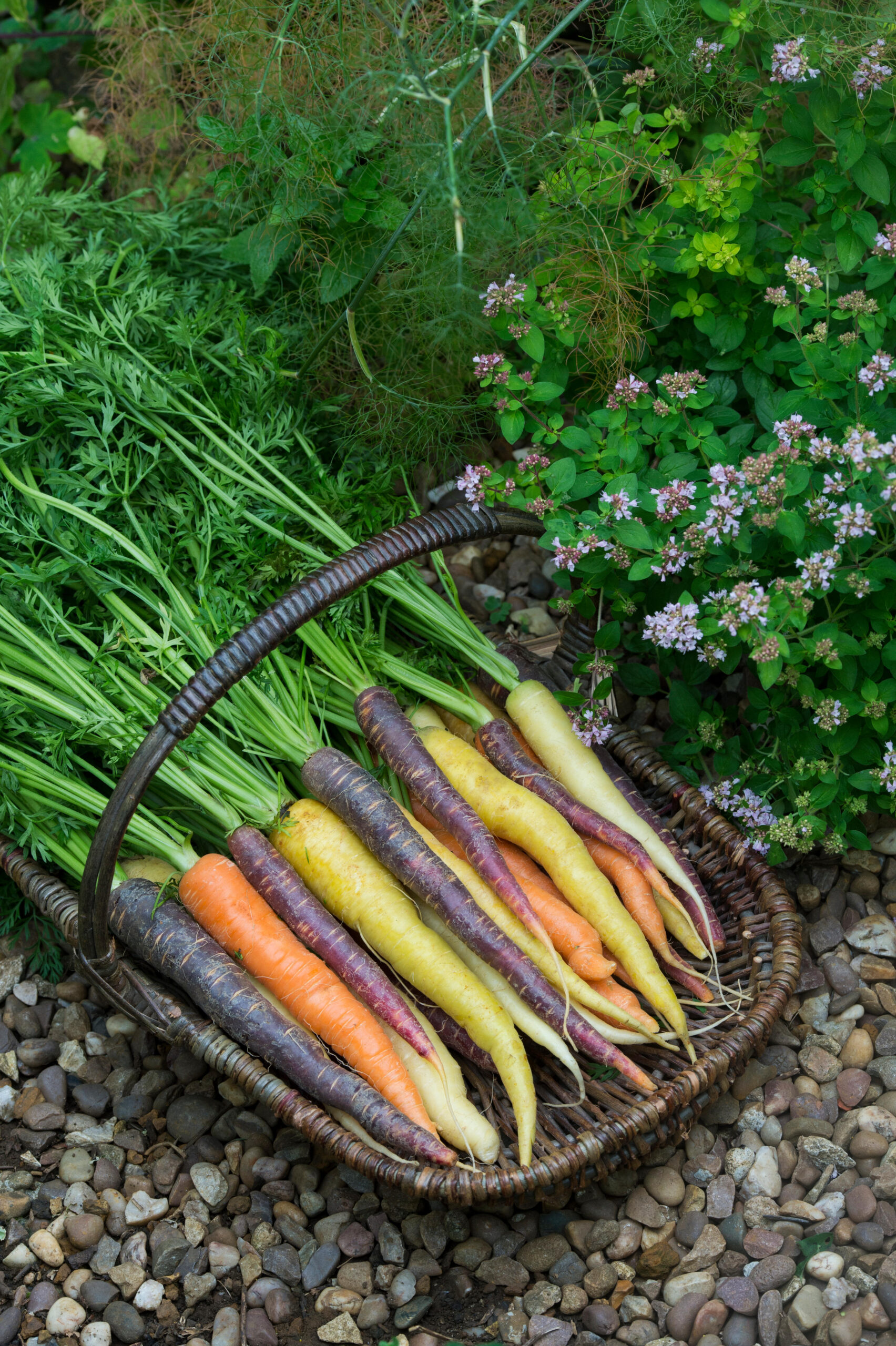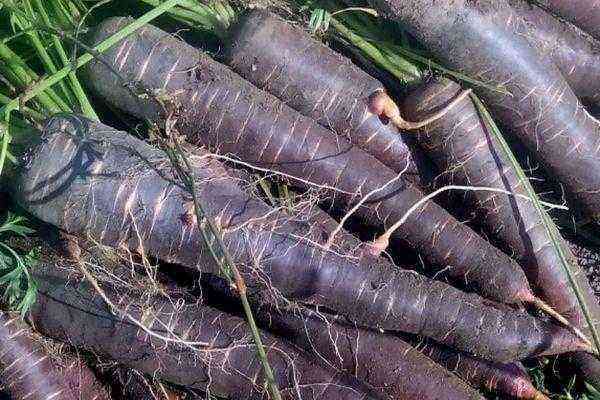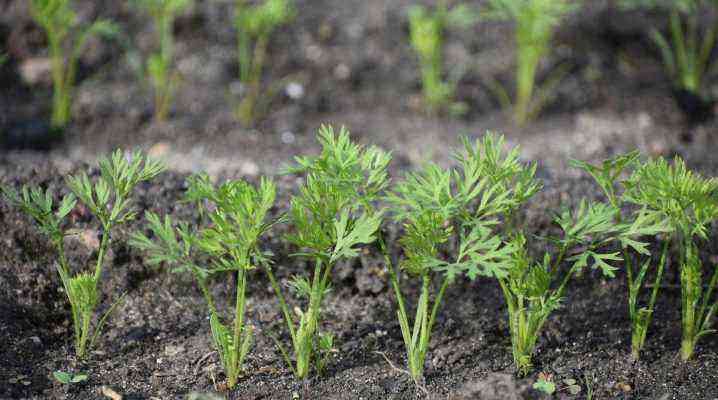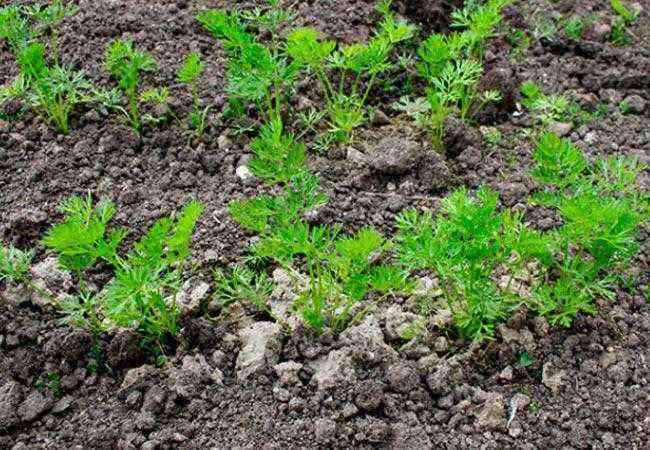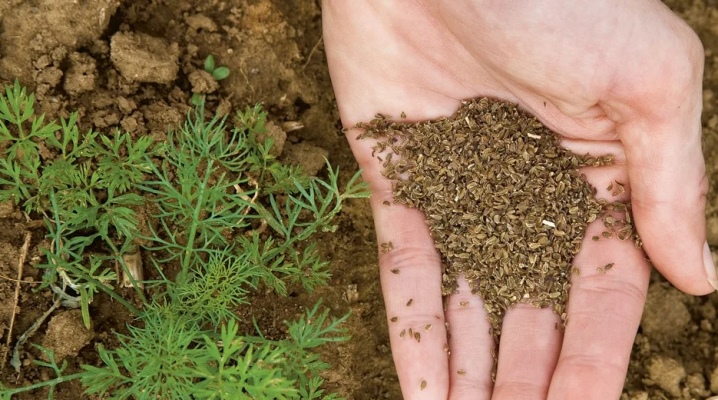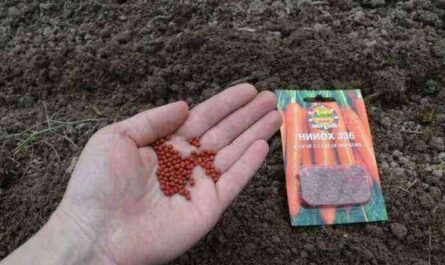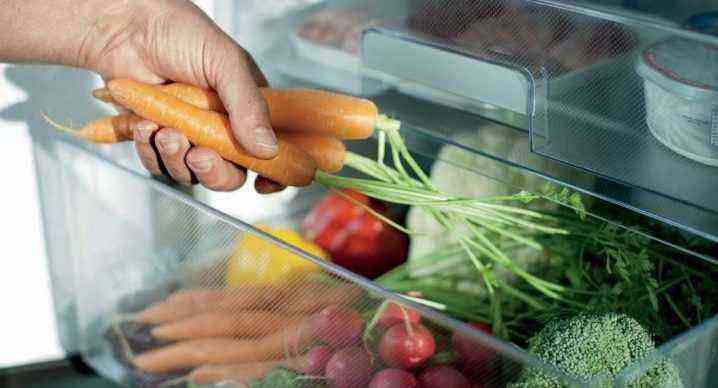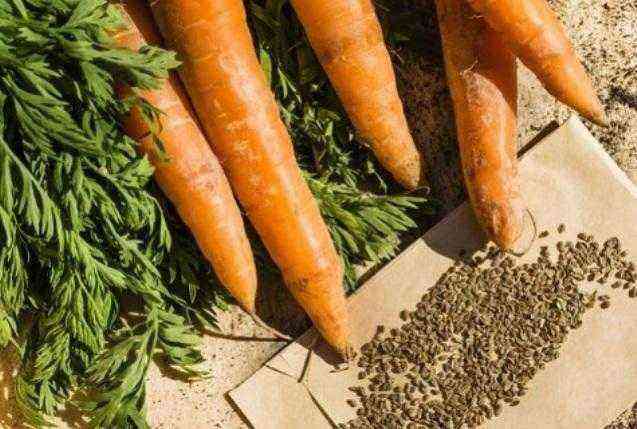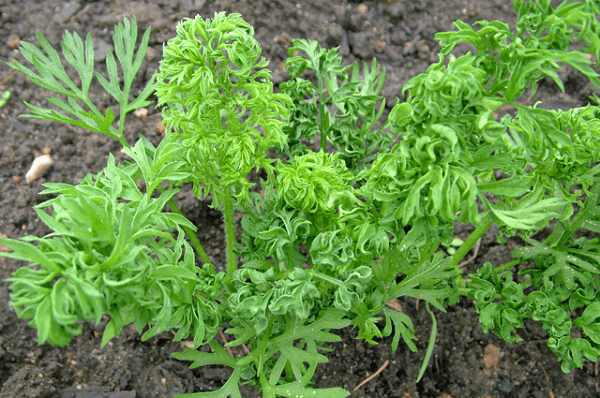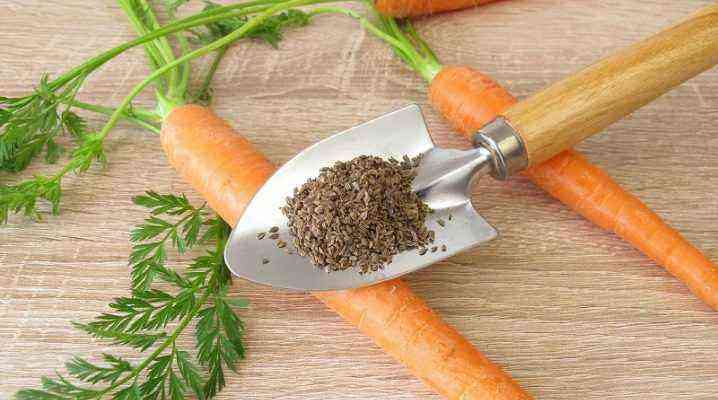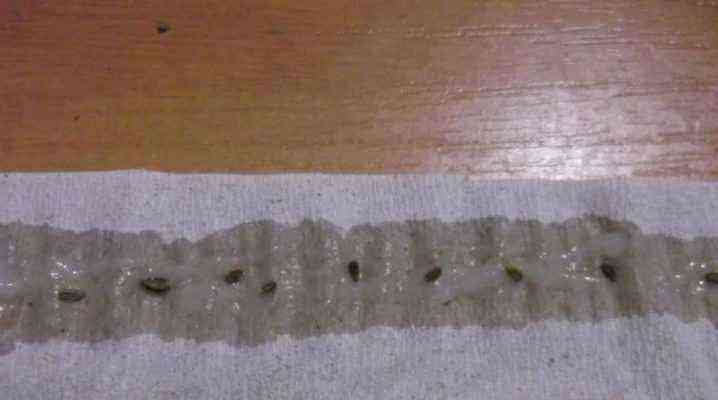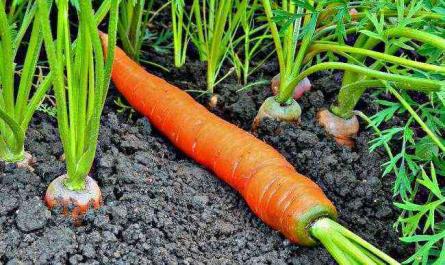How to properly organize the care of carrots planted in open ground? It turns out it’s very simple. This culture requires a minimum of attention. The main thing is to process the seeds before sowing, for better germination, and during growth, thin out the beds. Carrots will grow large and juicy if the earth is fertilized with organic matter and minerals, and in a dry season, root crops are watered.
Growing preparation
Carrots are a biennial crop from the umbrella family, which is usually grown for the orange (yellow, white, purple) color of the roots. In the second year, the plant blooms and produces seeds. Pollination is done by insects.
This unpretentious culture grows well on neutral (slightly acidic) loamy or sandy loamy soil. The root crop can have a mass of 30 to 500 grams. A row of 1 meter long gives 1-5 kilograms of crop. Carrots are rich in beta-carotene, ascorbic acid and potassium.
Checking soil acidity
For growing carrots, land with an acidity coefficient of 5,6 to 7,0 is suitable. The ground must be neutral. Any summer resident can independently determine the condition of the soil.
How is soil acidity determined?
- Litmus paper.
Buy acidity test (litmus paper strips). Take some soil from a depth of 26 centimeters. Mix it with water. Wait 20 minutes. Lower the strip into the soaked earth for a few seconds. Green litmus paper indicates neutral acidity.

- Through inspection.
On acidic soil, the water in the puddles is a slightly rusty hue, and iridescent stains can be seen on the surface. When moisture seeps in, a brownish-yellow precipitate remains. The surface of acidic soil is whitish.
- By vegetation.
Vegetation of acidic soils: ranunculus, plantain, cornflower, mint, horsetail. Plants of slightly acidic soil: clover, spurge, wood lice, burdock, wheatgrass. On neutral grow: clover, nettle, quinoa, chicory. Alkaline earth vegetation: poppy, bindweed, elderberry, elm.
- Folk ways.
Take a couple of currant leaves, pour boiling water over it and let it brew for ten minutes. Add a handful of earth to the cooled water. If the liquid turned reddish, the earth is acidic, blue – neutral, green – slightly acidic.
To determine the acidity, you can take vinegar. On alkaline soil, a rapid formation of foam occurs, on neutral soil, small bubbles appear, and on acid soil, there is no reaction.

Daylight hours
Carrots require intense lighting. Preferably 10-12 hours of clear weather. It is recommended to allocate open areas for sowing. Rows should be oriented from south to north. It is important to monitor planting density, remove weeds and not plant tall plants near. In the shade, the light-loving culture grows poorly and often gets sick.
Preparing the soil right
Carrots will not grow on hard, clay and acidic soil. The culture requires fertile soil, otherwise the harvest will be small, the taste of root crops will suffer. Carrots require mechanical loosening of the earth. Digging the soil improves the quality of the crop. It is advisable to plant the crop in high and fertilized beds.
The fertility of the land is increased by the introduction of organic and mineral additives, the cultivation of green manure, and the observance of crop rotation.
Wood chips, humus, peat or sand
You can change the composition, density and acidity of the soil with the help of various additives. Previously, the earth is dug up and its condition is determined.

Ways to help improve soil quality:
- If the earth is clay.
In autumn, the soil is dug up and sawdust (1 kilograms), peat and sand (half a bucket each) are added per 3 square meter. For fertilizer, rotted humus (5 kilograms), superphosphate, potassium sulfate (30 grams each) are added.
- If the soil is acidic.
Carry out digging and loosening. Contribute to 1 square meter of land 1 glass of lime or dolomite flour, wood ash.
- If the land is peat.
For 1 square meter of the site, add half a bucket of river sand, a bucket of soddy land. Fertilizers are applied: 5 kilograms of humus, 35 grams of nitrogen, potassium, phosphorus substances.
- If the soil is sandy.
They dig up the earth, add 2 buckets of turf, a bucket of peat, 5 kilograms of compost per 1 square meter of land.
To improve the black soil, it is desirable to introduce a little potash and phosphorus fertilizers (30 grams per 1 square meter of land). Before planting carrots, the earth must be dug up, loosened, and the remains of plants removed from the field.
Liming
The introduction of slaked lime reduces acidity and disinfects the soil from fungi and bacteria. To increase the acidity of the earth, on the contrary, fertilize with humus, needles. The addition of lime contributes to better absorption of nutrients by crops. If the soil is not limed, the plants will not receive useful minerals. True, an excess of this substance will make the soil too alkaline, heavy and infertile.
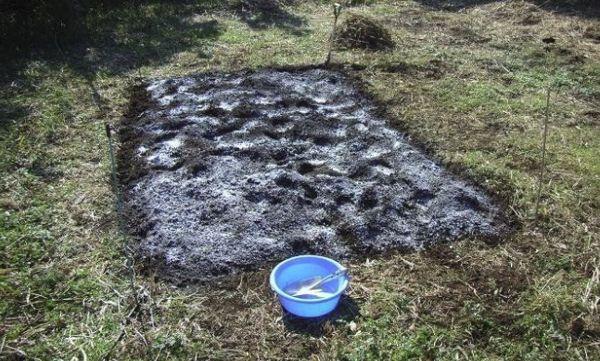
During liming, it is undesirable to use manure at the same time. Lime will react with nitrogen and neutralize its beneficial properties. Hydrated lime is applied in the fall, immediately after harvesting and digging the earth. This substance in large quantities can burn the roots.
Ground limestone is applied in the spring, when planting. Such an additive does not burn plants. It is desirable to use lime on loams; on sandy soil, ordinary limestone or dolomite flour is used. For 1 square meter of acidic land, you will need 200-400 grams of lime or limestone.
green manure plants
Siderates are plants that are specially grown to improve the condition of the soil. These include: rye, peas, alfalfa, clover, sweet clover, buckwheat, beans. Beveled green manure is often left on the site and embedded in the soil. The roots are left in the ground and wait for them to rot and saturate the soil with nutrients.
Siderates are sown before planting carrots or after harvesting them. In the spring, you can plant mustard, phacelia, rapeseed, colza. Green fertilizers are cut and buried in the ground 2 weeks before planting carrots.
You can not bury the cut shoots, but place them on the surface and mulch them on top. Over time, they will turn into nitrogen-rich compost. The roots remaining in the soil, thanks to earthworms and microorganisms, will decompose and turn into humus. In autumn, mustard, rye, and oats are planted as green manure.
Predecessors
It is desirable to grow carrots in the area where tomatoes, potatoes, cucumbers, onions, and pumpkins used to grow. This culture can return to its former place only after four years. It is undesirable to sow carrots after beans, dill or parsley. Nearby you can plant garlic, onions, marigolds. These plants will repel pests with their smell.
seed
Carrots cultivated by humans are of two types: fodder and table. Forage is grown for feed for cattle and animals. Table carrots are suitable for eating. By maturity, such a culture is divided into early, mid-season and late. Seeds are sown in spring.
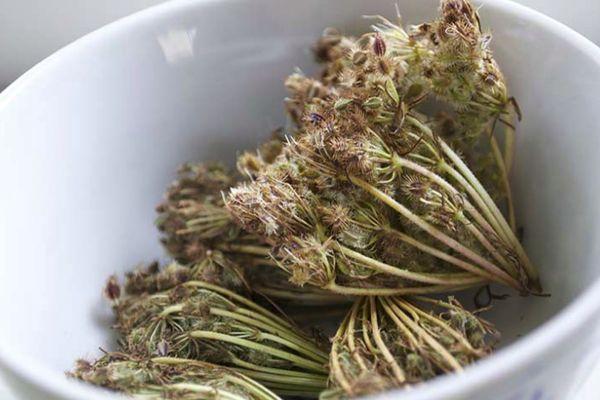
Before planting, the seed is treated to improve germination, hardened and disinfected to strengthen immunity. For autumn planting, the seeds are not treated with anything. Sprouted or simply wetted seed may freeze in winter. In autumn, only large seeds are sown for winter sowing.
Selection
When buying bags of seeds, it is advisable to look at the date, purpose and timing of the ripening of the crop. Seeds lose their germination after 4 years. The inoculum is immediately discarded with salt water. Floating seeds are removed, and settled ones are used for sowing. Some types of seeds are not treated with anything before sowing.
Seed material is sold completely ready for planting. Do not treat seeds of hybrids, granulated, colored and pre-coated with fertilizers, fungicides and insecticides.

Zamachivanie
Carrot seeds are soaked in warm water (for 24 hours). You can add a little wood ash to the liquid. It is advisable to change the solution every 6 hours so that the seeds do not ferment. Immediately after soaking, the seeds are sown in the ground.
Before sowing, soaked seeds can be disinfected in a pink solution of potassium permanganate. Etching is carried out for 15 minutes. It is impossible to place dry seeds in a solution of manganese, it can burn them. Disinfection of seed can be carried out using a solution of boric acid or hydrogen peroxide.
The soaking process is combined with biostimulation. To do this, add a little fertilizer to the water: sodium humate or Epin. The seeds should be in a warm nutrient solution for 10 hours.
Heat treatment
To increase the resistance, the seeds are subjected to heat treatment before sowing. After soaking, the seeds are kept in the cold for one week. The seed is placed in a plastic bag and placed in the refrigerator on a vegetable shelf. Hardening is applied only to wet and swollen seeds.
Sprouted planting material is not subjected to heat treatment. Cold hardening can be combined with heat treatment. The seed in the refrigerator can be taken out every day and left in a warm room for 12 hours. Hardening can be carried out in this way: for 20 minutes, place the seeds in hot water (temperature – 50 degrees Celsius), and then abruptly remove and rinse with cold water.

Bubbling
In this method, the seeds are immersed in water with the supply of oxygen. This method of processing contributes to the early emergence of seedlings. Warm water is poured into the jar, an aquarium compressor and seeds are placed there. From the supplied air flow, the seeds will move evenly. The bubbling process lasts 24 hours, and the water is changed every 12 hours. The processed seeds are dried and sown in the ground. Carrots rise on the 7th day.
Burying
You can germinate seeds in the spring in this way: place the seed in a canvas bag and bury it in the ground for two weeks. Burial depth – 20-25 centimeters. Sprouted seeds are immediately sown in moist soil.
Terms of sowing
Seeds are sown in the ground in spring or autumn. Spring planting of early varieties is carried out in April, when the soil warms up to 5 degrees Celsius. Sowing of mid-season and late varieties is carried out in May, at an air temperature of 15 degrees Celsius.
Early spring
Early varieties (Paris, Dragon, Zabava, Amsterdam) ripen after 80 days. The seeds of such crops are sown in April. A garden for early carrots is prepared in the fall. Root vegetables are eaten fresh, used for cooking. True, such vegetables are not suitable for long-term storage.
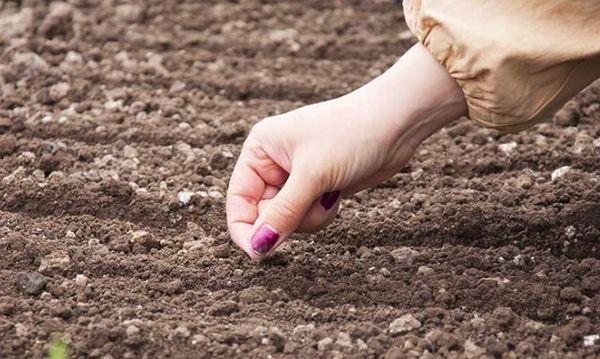
Mid-season varieties (Shantane, Vitaminnaya, Red Giant) ripen after 80-120 days. Seeds are sown in the garden in May. Root vegetables can be stored for a long time, they are also eaten fresh or added to various dishes.
The growing season of late varieties (Imperator, Flakkoro, Autumn Queen) lasts 120-150 days. Seeds are sown in May. Root crops can be stored until a new harvest.
Summer
In summer, seeds of mid-ripening crops can be sown. Carrots planted in June will grow only in October. To obtain a guaranteed harvest, seedlings need to be watered regularly on hot and dry days. It is believed that late-planted carrots are less affected by insects (carrot fly).
Winter
Before winter, seeds are sown in November, when the ground freezes a little, and the first snow falls on the ground. Seeds must be dry. If you sow them on warm autumn days, they will sprout, and closer to winter, young seedlings will die from the cold. Before planting, the land is prepared and fertilized. The sown seeds are not watered.
During winter planting, the crop is harvested already in June, and radishes and lettuce are planted on the vacated bed. Varieties that are sown before winter: Vitaminnaya, Varvara beauty, Moscow winter.
Efficient Seeding Methods
Small carrot seeds do not germinate well if they are sown in the ground unprepared. There are several sowing methods that increase the germination of the seed and facilitate the care of this crop.
In spring, the seeds are planted in prepared, moistened grooves to a depth of 1,5-2 centimeters. In autumn, dry seeds are sown in dry soil to a depth of 3 centimeters. Between adjacent rows leave 20 centimeters, and between shoots in one row – 5 centimeters.
Granular planting material
In stores, you can buy ready-made granulated or coated seeds. The seed material is larger, it is in a capsule of fertilizers. Inside the dragee is a seed. You can prepare such planting material yourself. To do this, the seeds are dipped in a starch paste, sprinkled with powdered peat or dry earth on top. To prepare the paste, take 3 tablespoons of potato starch, one liter of water, one teaspoon of any complex fertilizer.
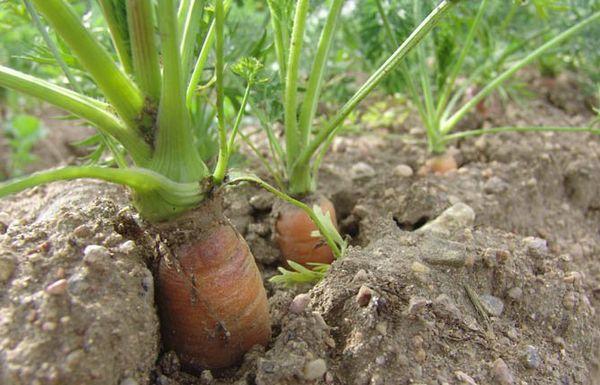
You can drag the seeds in a simpler way. They are pre-soaked for swelling in water or in a nutrient solution. Then they are taken out and, slightly damp, sprinkled with any flour. This method allows you to increase the size of the seeds and facilitate their sowing.
Landing with tape and paper
It is possible to avoid thinning carrots in the future if the seeds at an equal distance from each other (4-5 centimeters) are glued with a prepared paste to a paper tape or to ordinary toilet paper. Ribbons are dried and rolled up. Then, in well-moistened soil, they are placed with the seeds down, and sprinkled with earth on top.
To make a paste, take 3 tablespoons of potato starch per liter of water and add one teaspoon of any complex fertilizer.
Seeding with egg trays
Egg trays can be used to plant carrots. To do this, you need to loosen and level the ground well. Then lay an empty egg tray on the surface and press it a little into the ground. It is used as a stencil. Small holes are formed in the ground at an equal distance from each other. One seed (preferably granulated) is put into each such recess, sprinkled with earth and watered.
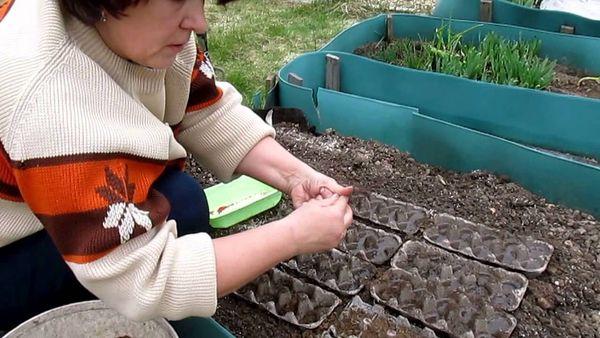
Egg trays can be left in the garden. First, in each cell you need to cut the bottom. The trays are filled with earth, a seed is poured into each recess and sprinkled with soil. After sowing, the trays are abundantly watered with water to soften. This method of planting will prevent the development of weeds and the evaporation of moisture.
Planting with radishes
You can simultaneously sow carrots and radishes on one bed. Previously, the seeds of these crops are mixed in a ratio of 2 to 1, a little dry sand is added. Radishes grow earlier than carrots. She is removed from the garden. Carrots remain alone and do not require additional thinning.
Mixing seeds with river sand
Before planting, carrot seeds can be mixed with dry river sand. Take 2 tablespoons of seeds and half a bucket of sand. Then the mixture is sown in a thin stream into the grooves. You can moisten the sand with seeds, and sow the slightly wet ingredients in the garden. This method will allow you to thin out carrots less.
sprouted seeds
Dry seeds are sown only before winter. In the spring, it is advisable to soak the planting material or germinate a little. Seeds are poured onto a moistened napkin and covered with a film. Can be germinated on a wet bandage. The material should be damp but not wet. Seeds will sprout if they stand in a warm place for several days. To obtain larger root crops, a growth stimulator is added to the liquid.

Seeder Application
For planting carrots, you can use manual seeders: Klen-1, SMK-5. Such mechanisms simplify sowing activities. Seeds fall into the ground to the required depth, are evenly distributed, and are not damaged. The cost of one such seeder is from 3 rubles.
Landing in a paste
You can plant carrots in the garden using a paste. It is prepared as follows: take 1 liter of water, 2 tablespoons of potato starch or flour, 1 teaspoon of fertilizer. The paste is cooled, seeds are mixed into it (2 sachets). The prepared composition is poured into a plastic bottle and poured into the grooves in a thin stream.
Use of polyethylene immediately after planting
In order to speed up the germination of seeds and get a guaranteed harvest, the beds are watered immediately after sowing and covered with plastic wrap. Covering material creates an optimal microclimate for spitting seeds. Polyethylene is removed from the garden after 2-3 weeks.
Dark colored film can be used for weed control. The site is covered with a permeable material with holes for seedlings. Nothing grows under the dark film.
Features of watering
Carrots are drought tolerant, but to produce sweet and large root crops, this crop needs to be watered regularly. Especially in dry times. Abundant watering is carried out during seed germination and the formation of root crops.
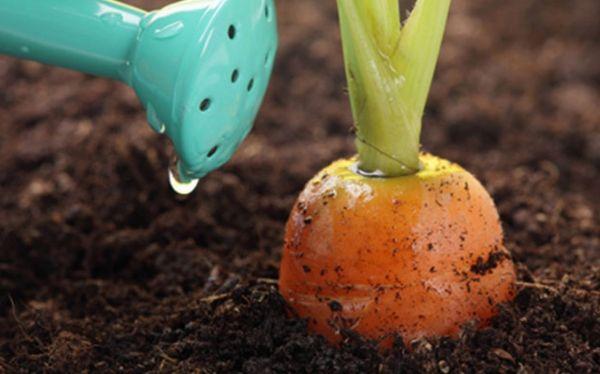
However, you need to remember that carrots will not grow on waterlogged soil. Excess moisture will lead to leaching of minerals, compact the earth, and reduce the supply of oxygen to the roots. Carrots are watered once a week, in drought – 1 times in 3 days. A bucket of water is consumed per 7 square meter of the plot. A week before harvest, watering is completely stopped.
Correct weeding
Carrots grow very slowly – almost the whole summer. During this period, many weeds manage to grow in the garden. The garden needs to be weeded regularly. During weeding, weeds are pulled out by hand and removed from the garden.
After watering or rain
Many gardeners prefer to weed after wetting the soil. Weeds from moist soil are easier to remove. Weeds are pulled out by hand, and the earth is loosened with a hoe (hoe, hoe).
Before watering
The earth can be weeded before watering. The weeds extracted from the soil will dry up in the aisle from the scorching sun. Weeds near carrots must be pulled out by hand.
Thinning
Carrots need to be thinned out 2 times, since too thick planting will not allow growing large root crops. The culture is thinned out for the first time after the appearance of several leaves. Before the procedure, the earth is watered. It is easier to pull out a seedling from moist soil. During thinning, the sprouts must be pulled straight up from the ground.
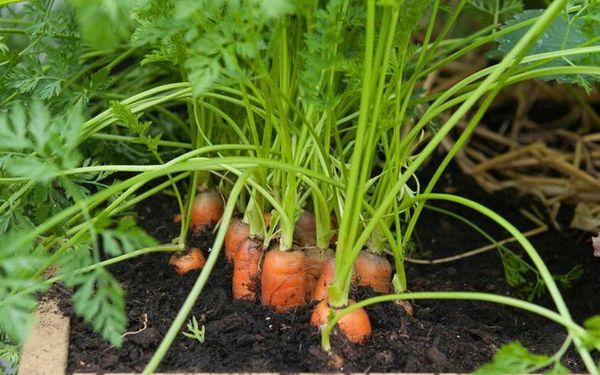
The second thinning is carried out when the tops grow up to 10 centimeters. To obtain long and narrow root crops, a distance of 3 centimeters is left between adjacent vegetables. Carrots will turn out large if the interval between plants is 5-7 centimeters. Seedlings pulled out of the ground are thrown away.
Hilling carrots
Three times a season carrots spud. The first time hilling is carried out when 5 leaves appear on the plant, the second time – in the phase of 7 leaves, the third time – when the tops grow to 10 centimeters. This agricultural technique avoids sunburn and greening of the tops of root crops. Hilling protects carrots from overheating. A layer of earth 5 centimeters high is poured to the culture.
Mulching with sawdust
Mulching is carried out to improve the quality of fruits and preserve additional moisture in the beds. In addition, weeds cannot break through a thick layer of mulch. Mulch beds protect carrots from insect pests. Rotten sawdust is used as mulch.
Wood waste is laid out on the beds immediately after the appearance of the first shoots and the first thinning. In the future, carrots are only occasionally watered on dry summer days and fertilized.
Feeding scheme
Carrots love fertile soil. Root crops will grow large and juicy if the soil is fertilized before planting. True, you need to make manure in the fall. 1-3 kilograms of manure are taken per 4 square meter of the site. During spring sowing, the soil can only be fertilized with an aqueous solution of mullein (1 liter of humus per 10 liters of water). In the spring, potash and phosphorus substances are added to the ground. 1 grams of potassium sulfate and superphosphate are spent per 50 square meter of the plot.

Carrot fertilization scheme:
- After the first thinning.
A solution is prepared: for 10 liters of water, take 1 teaspoon of potassium magnesia, urea, 1 tablespoon of superphosphate. The mixture is poured over a bed of carrots.
- 2 weeks after the first feeding.
A solution is prepared on the basis of any complex fertilizer (Kemira, Mortar, Nitrophoska). For 10 liters of water, take 2 tablespoons of the nutrient mixture.
- During root development.
The beds are sprinkled with dry wood ash or watered with an ash solution. This fertilizer will increase the sugar content of carrots.
- One month before harvest.
Prepare a solution: take 2 tablespoons of potassium chloride or potassium sulfate in a bucket of water. Such top dressing helps to remove nitrates from root crops. In the same period, carrots are irrigated with a solution of boron (1 gram of boric acid per 5 liters of water).
Harvesting and storage of crops
Carrots are harvested from the garden after ripening. Early varieties ripen in July. They are used for salads and cooking. Mid-season crops ripen in August. Late varieties are harvested in September. Late ripening root crops can be stored until spring. Carrots are harvested from the garden on a dry and warm day. Root crops are pulled out from the light and loose earth by the tops. For dense soil, agricultural technology is different: carrots are dug with a shovel. All roots removed from the ground are cut off the tops.
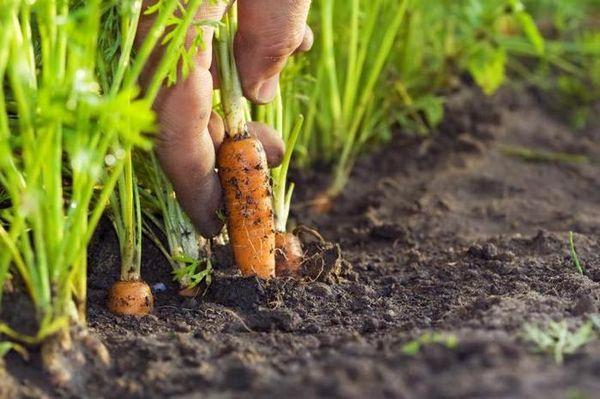
Before storage, carrots are slightly cleaned from the ground, irrigated with a weak solution of potassium permanganate and left under a canopy for 10 days to dry. Root crops should be stored in a dark, dry, cool room, preferably in the basement. Storage temperature – 0-4 degrees Celsius. Carrots are placed in wooden boxes and sprinkled with dry river sand. Pine sawdust can be used instead of sand. Under a thick layer of sand or pine needles, carrots can be stored for up to 8 months. In the refrigerator, in a plastic bag, root crops remain fresh for 2 months.
Typical mistakes of gardeners, secrets and answers to questions
Mistake number 1: soaking seeds before winter planting.
Before the onset of winter, carrot seeds are sown dry in the ground. You can’t soak them, otherwise the seeds will hatch in November, begin to grow, and soon die from the cold. For the winter it is better to sow coated dry seeds.
Mistake number 2: after a long drought and a long lack of watering, gardeners begin to water the garden abundantly.
It is desirable to water carrots regularly, especially in hot and dry weather. Watering at this time is carried out every other day. If summer residents visit the garden once a week and begin to water the beds abundantly, they can get cracked roots. After a long drought, carrots are watered very carefully and in small portions.
Question number 1: do I need to soak purchased granular seeds before sowing?
Answer: industrially processed seeds do not require soaking. They are sown dry in prepared and fertilized soil.
Question number 2: is it possible to spud carrots?
Answer: root crops must be spudded. Such an agricultural technique will protect vegetables from overheating, increase their size and improve the quality of carrots.
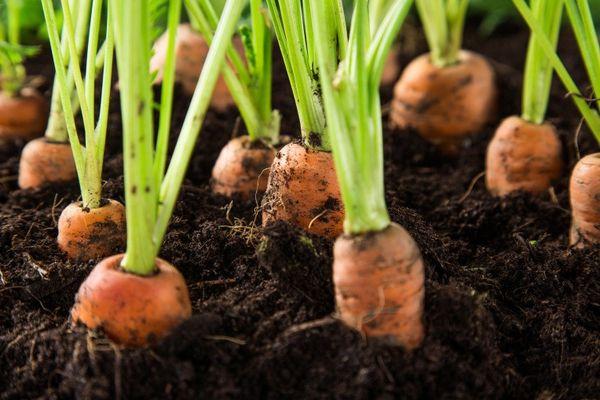
Question number 3: why do carrots not sprout for a long time and grow poorly?
Answer: Carrots do not sprout well if dry, unsprouted seeds are planted in the ground. Swollen seeds planted in well-moistened soil germinate in 2 weeks. Poor seed quality is reflected in crop growth. A vegetable may not grow well on soil that is too heavy and poor in nutrients. It is advisable to fertilize the soil before planting with organic matter, add a little sand or peat, and reduce acidity with limestone.
Question number 4: why does the tops dry and fall?
Answer: the tops of carrots can dry out for two reasons – due to illness or due to attacks by insect pests. The disease most often occurs in too dense planting during rainy weather. In this case, the plants are treated with Bordeaux liquid or Oxychoma solution. From insects helps Zemlin or Bazudin.
Question #5: Why are carrots crooked and ugly?
Answer: Carrots grow crooked if there is a lot of nitrogen in the ground. It is advisable to apply fresh manure a few months before sowing seeds.
Question number 6: why does not a root crop form, but an arrow appears?
Answer: in winter varieties, arrow growth is sometimes observed instead of root crops. The plant changes from biennial to annual. You can avoid the appearance of an arrow if you sow seeds in frozen ground.
Question number 7: why do young shoots of carrots turn yellow?
Answer: young plants can get phomosis, brown spotting. Plant leaves turn yellow and wither. It is advisable to remove diseased seedlings from the garden, they will not be restored.
Question number 8: why does the root crop turn pale?
Answer: Some varieties have white rather than orange roots. Manufacturers are required to indicate the characteristics of the culture on the packaging. Sometimes root crops become pale due to excess nitrogen and lack of potassium and phosphorus in the soil. Carrots on nitrogenous soil grow dry and bitter, but have very lush tops.
